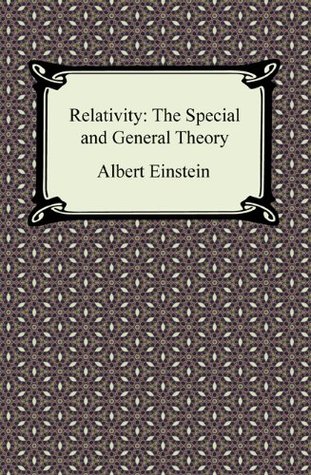More on this book
Community
Kindle Notes & Highlights
Read between
October 2 - October 25, 2020
In order to have a complete description of the motion, we must specify how the body alters its position with time; i.e. for every point on the trajectory it must be stated at what time the body is situated there.
A body removed sufficiently far from other bodies continues in a state of rest or of uniform motion in a straight line.
If, relative to K, K1 is a uniformly moving co-ordinate system devoid of rotation, then natural phenomena run their course with respect to K1 according to exactly the same general laws as with respect to K. This statement is called the principle of relativity (in the restricted sense).
Every reference-body (co-ordinate system) has its own particular time; unless we are told the reference-body to which the statement of time refers, there is no meaning in a statement of the time of an event.
General laws of nature are co-variant with respect to Lorentz transformations.
According to the general theory of relativity, the geometrical properties of space are not independent, but they are determined by matter.


